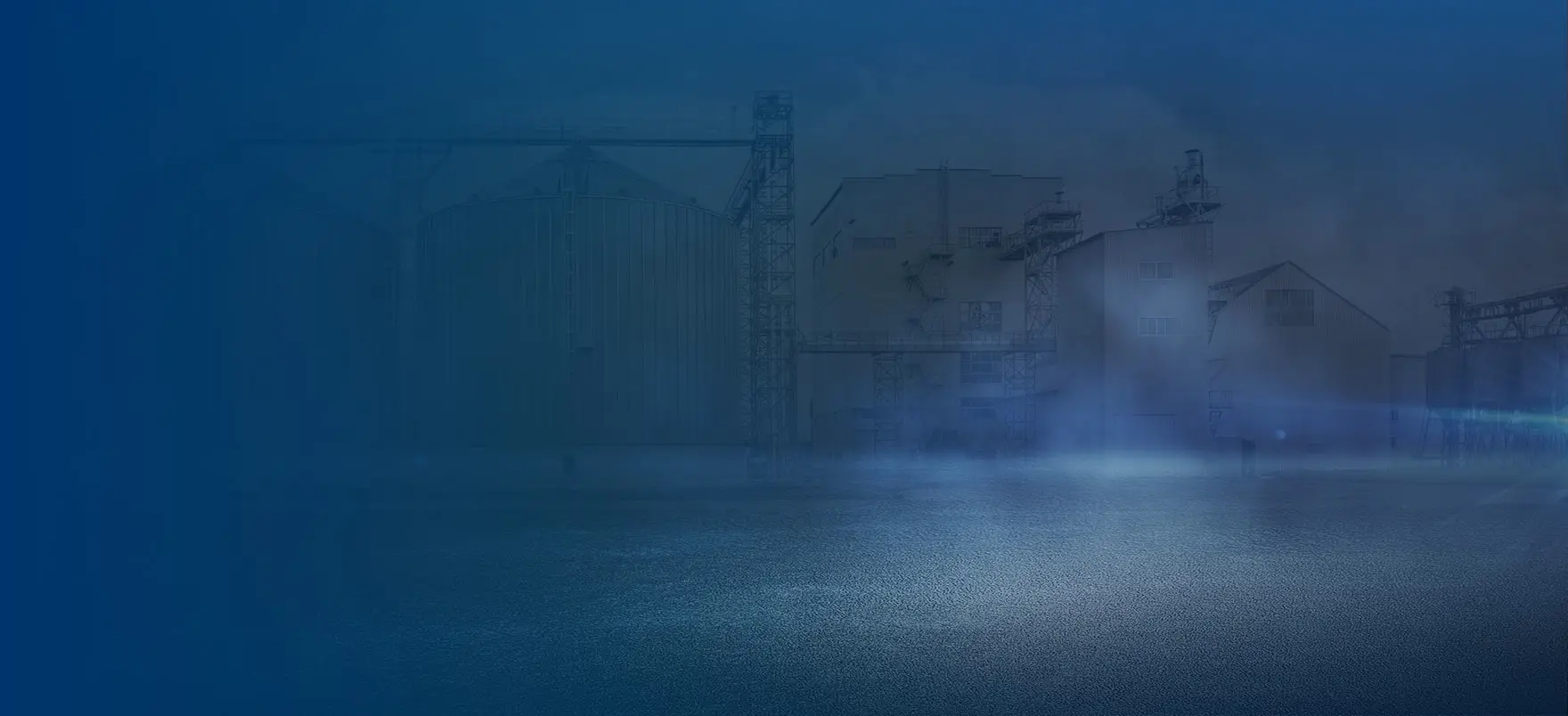
Optimized feed inlets, well-planned conditioners, efficient pelletizing chambers and stable Siemens motors, together with the RICHI Machinery's high-specification body just built, are enough to make it the heart of aquafeed pellet production.
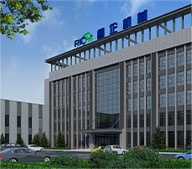
Brand
RICHI
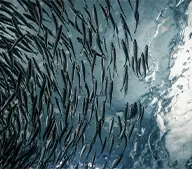
Application
Aquafeed
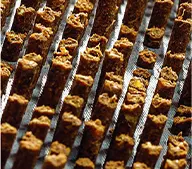
Finished
Pellets
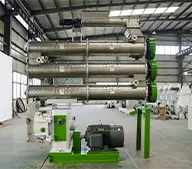
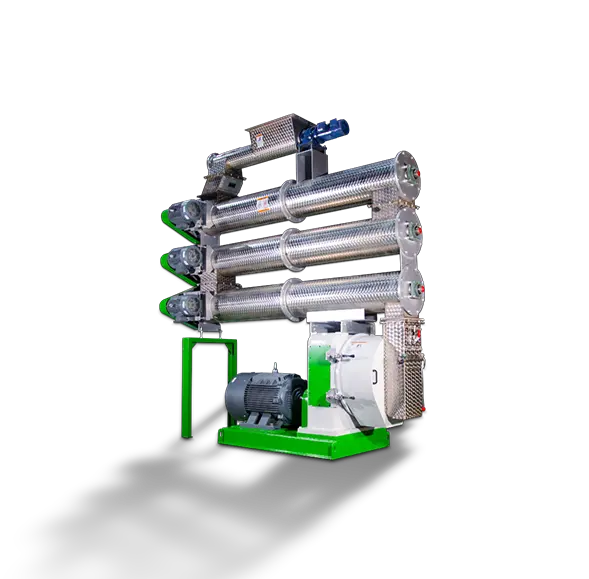
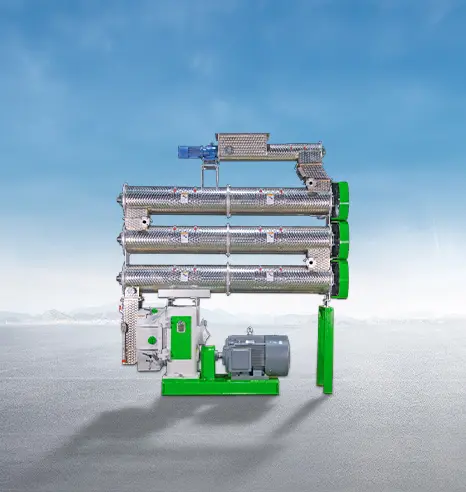
| Model | SZLH250 | SZLH320 | SZLH350 | SZLH420 | SZLH508 | SZLH558 | SZLH678 | SZLH768 |
|---|---|---|---|---|---|---|---|---|
| Main Motor Power(Kw) | 22 | 37 | 55 | 110 | 160 | 185 | 250 | 315 |
| Feeder Power(kw) | 1.1 | 1.5 | 1.5 | 1.5 | 1.5 | 1.5 | 1.5 | 2.2 |
| Conditioner Power(kw) | 1.5 | 4 | 4 | 7.5 | 7.5 | 11 | 11 | 11 |
| Ring Die Inner Diameter (mm) | 250 | 320 | 350 | 420 | 508 | 558 | 673 | 762 |
| Finished Pellets Diameter (mm) | 2~12 | 2~12 | 2~12 | 2~12 | 2~12 | 2~12 | 2~12 | 2~12 |
| Production Output (TPH) | 1.0-1.5 | 3-4 | 5-6 | 10-12 | 15-16 | 20-22 | 30-33 | 38-40 |
Technological innovation is essentially all about customer service. To make you feel the convenience of RICHI's products, technologies and solutions in the process of aquafeed pellet production.
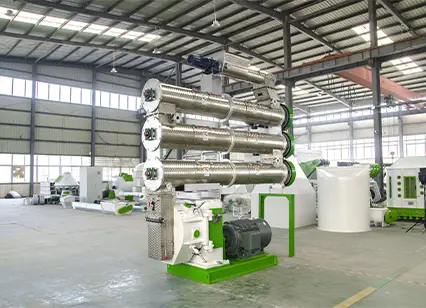
Feeding and conditioning systems
The optimized conditioning system with inverter feeding system improves the safety, nutritional value and maturation of the raw material to a great extent. This improves the overall quality of the feed from the source and ensures healthy feeding.
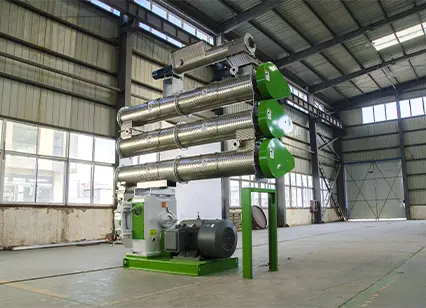
Drive system
High-end Siemens industrial grade drive motor drives the drive shaft of aquafeed pellet making machine, which is more stable and durable than traditional belt drive. In the long run, this not only improves efficiency but also saves maintenance costs.
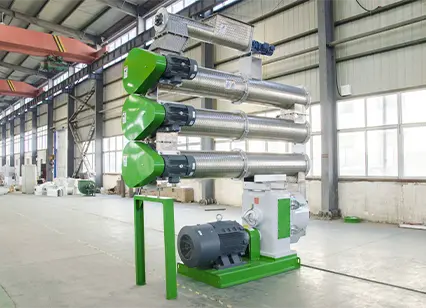
Structure and material
The body of the pellet machine is made of high quality and high specification alloy steel, which is sturdy and durable, reduces resonance and runs stably. The parts that come into contact with the raw material are made of high grade stainless steel, which does not affect the raw material in any way and greatly improves corrosion resistance.
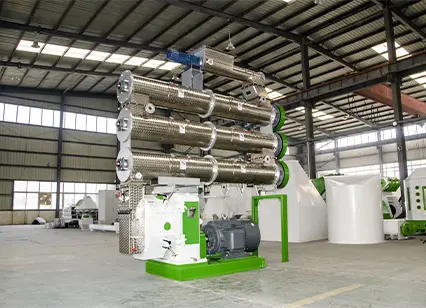
Control and Safety
Each aquafeed pellet machine is equipped with an independent electric control system and safety stop function. It can not only avoid losses caused by perceived errors, but also effectively protect the pellet machine and subsequent production equipment.
Discover our streamlined buying process that makes it simple and efficient for you to get a complete aquafeed pellet production plant. Every step of the way is customized for your convenience, from the initial schematic design and precise manufacturing process to secure payment options and on-site installation and commissioning. At the same time, our dedicated spare parts service ensures ongoing support and optimal machine performance, giving you peace of mind for years to come.


Solution Formulation
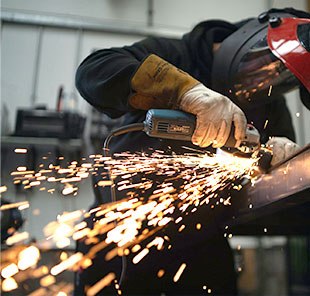
Equipment Manufacture

Secure Payment
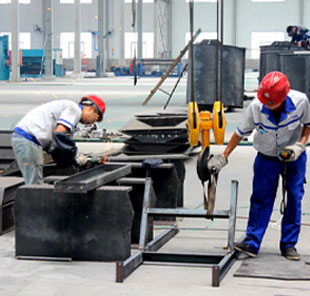
Spare Parts Service
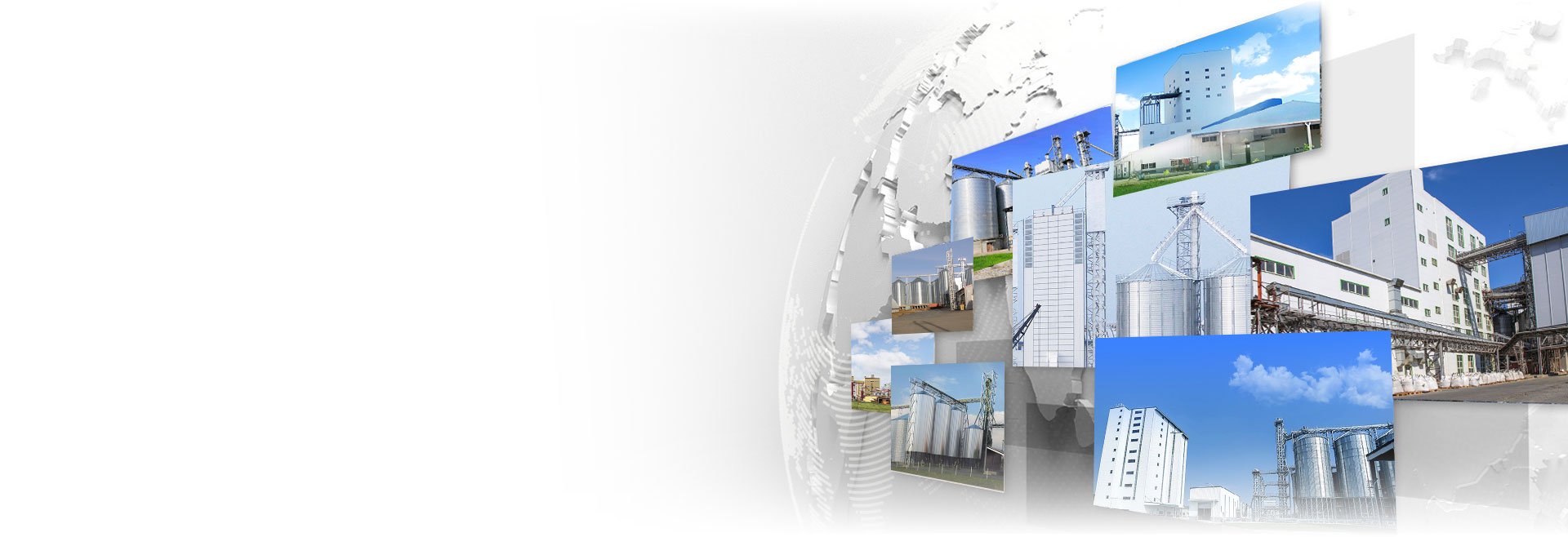
HENAN RICHI MACHINERY CO.,LTD
Henan Richi Machinery Co., Ltd was founded in 1995. After nearly thirty years of development and expansion, RICHI Machinery has grown into a modern enterprise covering an area of 60,000 square meters and integrating independent research and development, production and sales.
The products involve feed pellet machinery and engineering, biomass pellet machinery and engineering, organic fertilizer machinery and engineering, conveying equipment and engineering, steel structure engineering, silo, automation control technology and engineering, etc., and each product series has passed ISO 9001 international quality management system certification and CE certification!
Get Quote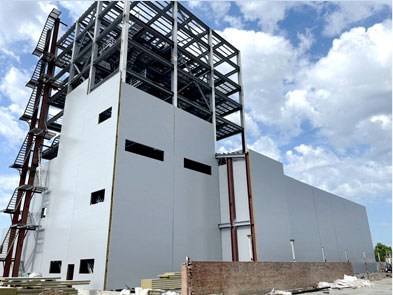

This state-of-the-art equipment supports a wide range of feed formulations for poultry and livestock, improving feed quality and reducing production costs. And its scalable design accommodates future expansion.
Learn More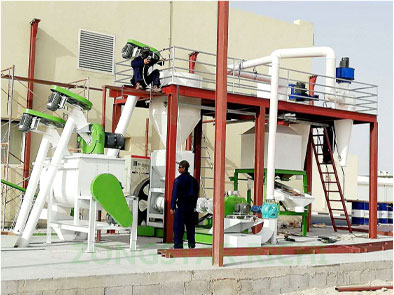

The system is fully automated, enabling seamless operation with minimal labor and supporting sustainable agricultural practices through the use of alfalfa and other forages.
Learn More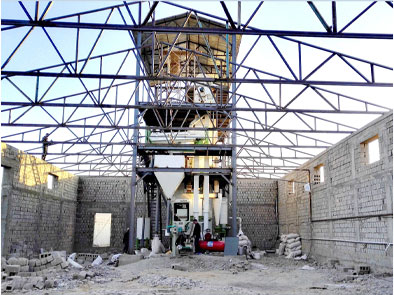

Hardwood residues are processed into durable, high-energy biomass pellets. Designed for industrial production, the system utilizes advanced drying and pelletizing technologies to ensure efficiency and quality.
Learn More

This project is capable of producing fish and shrimp feeds, equipped with precise extrusion technology for superior feed quality. The customer emphasizes its reliability and ease of operation as the main advantages.
Learn More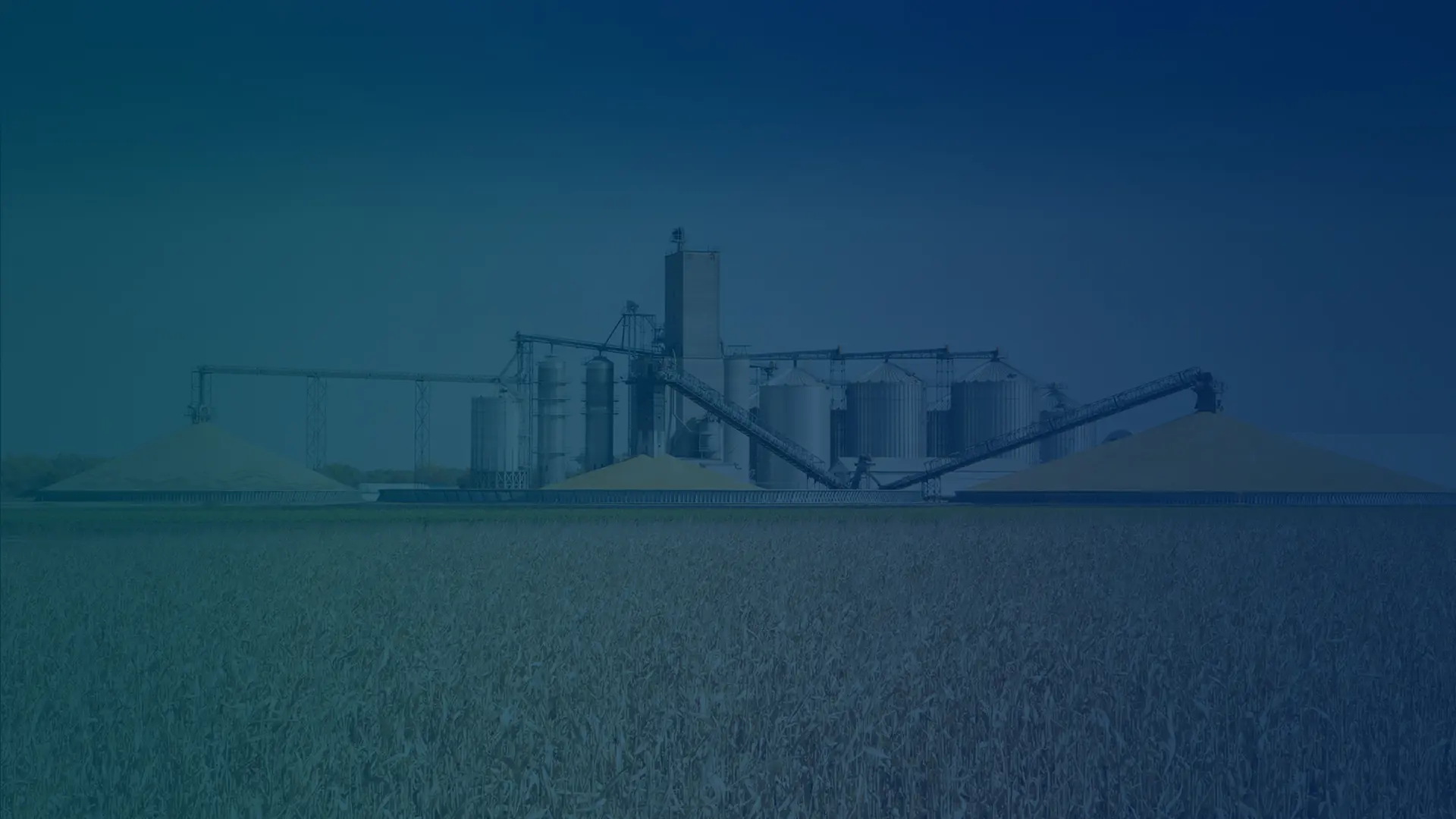
What kind of aquafeed pellet plant do you want to establish?
How many tons per hour about this plant you want to build?
Where is this aquafeed pellet mill plant going to be built?
When do you plan to start this project?
An aquafeed pellet-making machine is specialized equipment designed to process various raw ingredients into compact, uniform pellets specifically formulated for feeding aquatic animals, such as fish and shrimp. This machine combines heat, pressure, and mixing to create pellets that provide balanced nutrition and are easy for aquatic species to consume, promoting efficient feeding and reducing waste in aquatic environments.
An aquafeed pellet-making machine works by combining heat, moisture, and mechanical pressure to transform raw feed materials into compact, dense pellets. The process begins with the raw ingredients being fed into a conditioning chamber, where they are mixed and moistened with steam to reach the desired consistency. This mixture is then pushed through the ring die or flat die by a pressure roller, which compresses the materials into the shape of pellets. The die's size and shape determine the pellet's diameter, while the compression ensures the pellets are dense and uniform. Finally, the formed pellets are cut to the desired length, cooled, and dried to create a stable, high-quality aquafeed suitable for storage and feeding.
Using a pellet machine for aquafeed offers several benefits:
These advantages help improve overall aquaculture productivity and environmental sustainability.
Regular cleaning, lubrication, and inspection are essential for optimal performance. Especially components such as ring dies and pressure rollers. This is an essential component to be able to produce pellets properly.
Common raw materials used in aquafeed production include:
These ingredients are combined based on species-specific nutritional needs, growth stage, and feeding habits.
A variety of aquatic species benefit from pelleted feed, including:
These species benefit from pelleted feed that is tailored to their specific dietary requirements, life stages, and feeding habits, promoting efficient growth and improving health outcomes.
The key differences between floating and sinking pellets lie in their composition, processing method, and behavior in water:
These distinctions help ensure that each aquatic species receives the optimal nutrition based on its feeding habits and habitat.
Yes, an aquafeed pellet-making machine can handle high-moisture ingredients, but processing such ingredients may require pre-drying or conditioning steps to ensure efficient pellet formation and maintain consistent quality.
Maintaining an aquafeed pellet machine involves regular cleaning to prevent ingredient buildup, lubricating moving parts like bearings and rollers to reduce wear, inspecting dies and rollers for any signs of damage or wear, adjusting or replacing parts to ensure consistent pellet quality, and monitoring electrical components to avoid malfunctions. Additionally, it’s essential to routinely check the alignment and tension of belts and ensure that all bolts and fasteners are tight to maintain the machine's stability and performance.
Yes, producing aquafeed pellets in-house is often cost-effective because it reduces reliance on commercial feed suppliers, allows for customized formulations tailored to specific species' needs, and ensures quality control over ingredients. Additionally, it can lower per-unit costs by optimizing raw material use and reducing transportation expenses associated with bulk feed purchases. However, the initial investment in equipment and ongoing maintenance should be considered to ensure it aligns with production goals and budget.
If you need further information, please contact us

Note: Pellet production is a continuous and complex process, requiring many equipment to complete the production from raw materials to finished pellets. Therefore, it is suitable for commercial projects but not for personal use.

RICHI stick to the service principle is: We are focusing on your future, your future is our future!
© HENAN RICHI MACHINERY CO., LTD 1995-2025